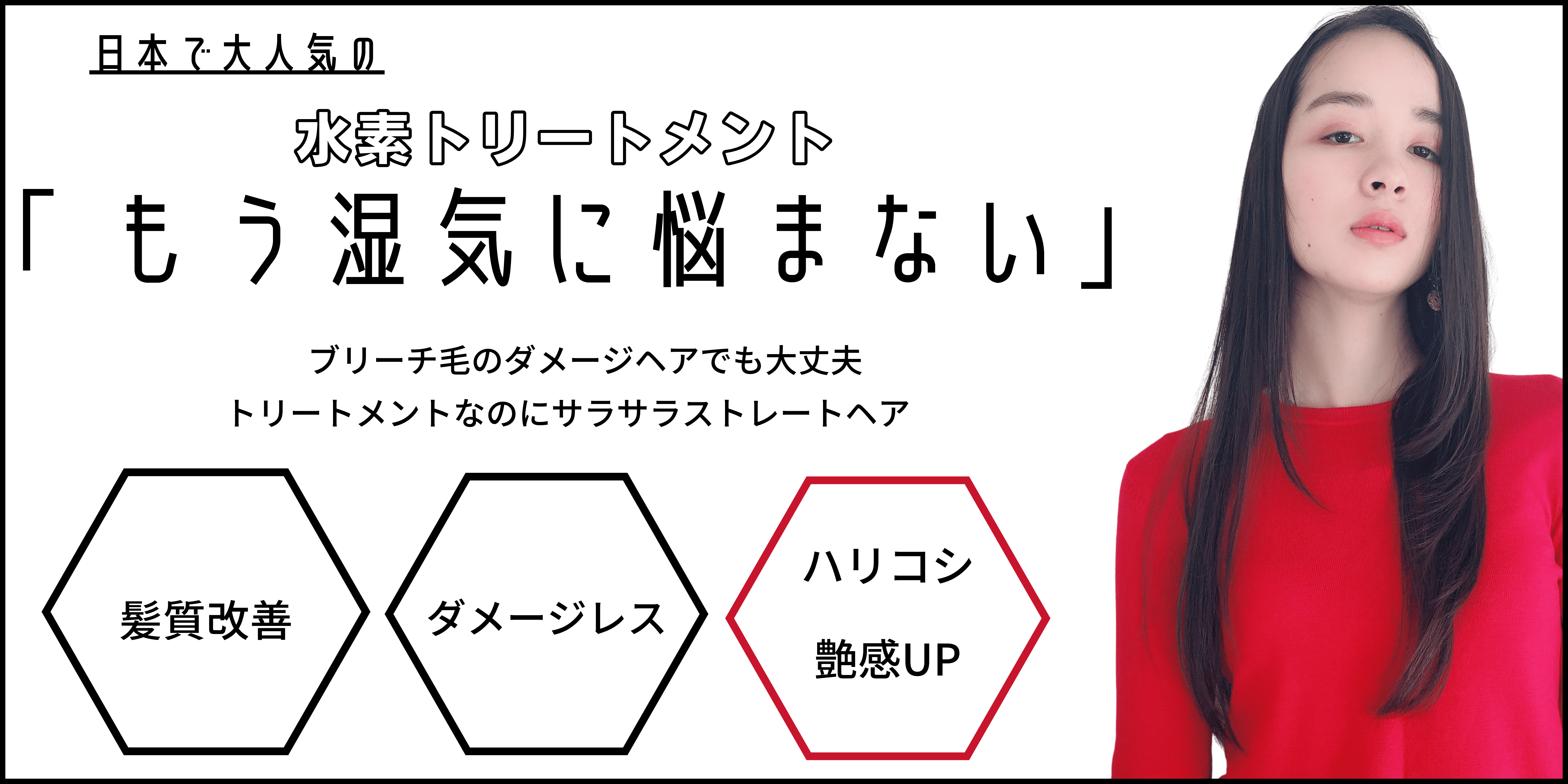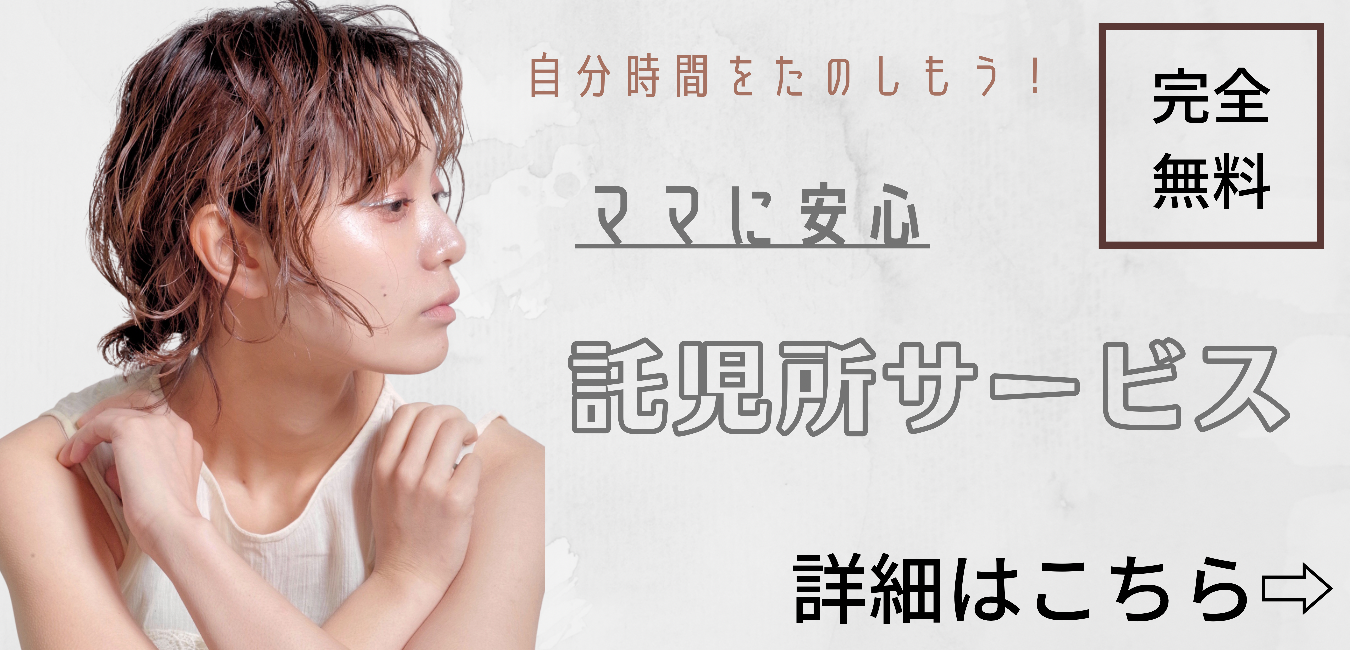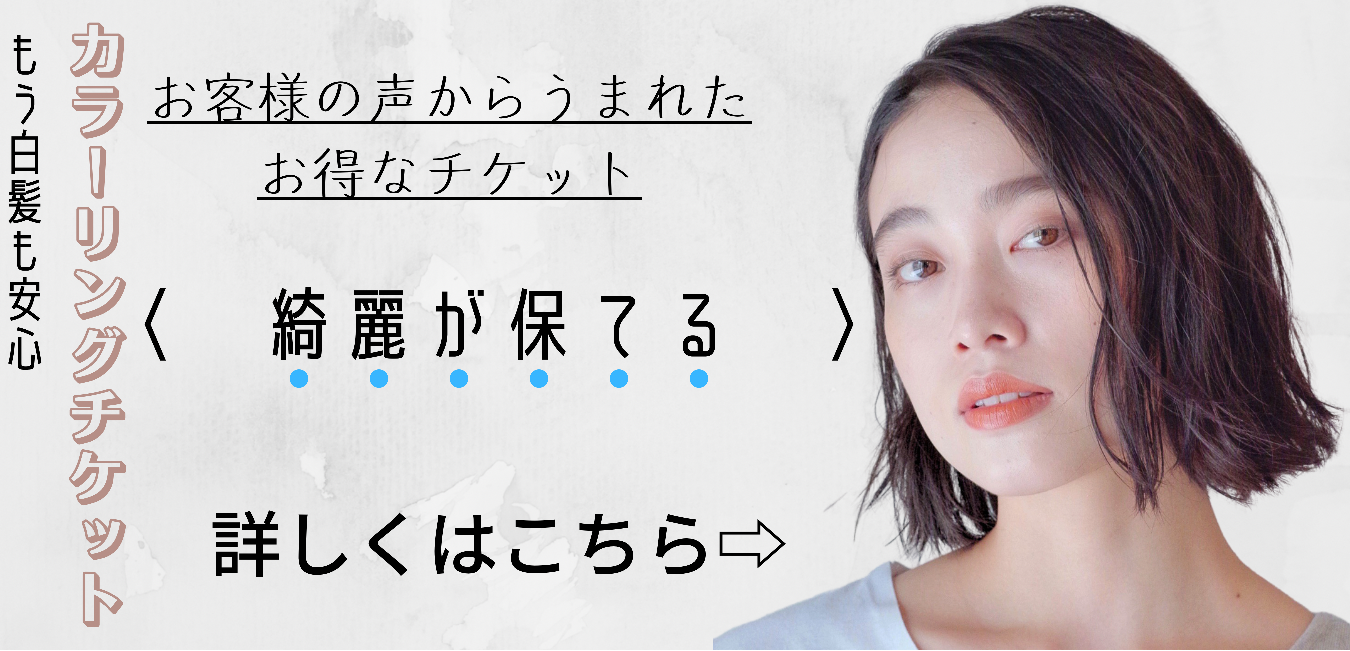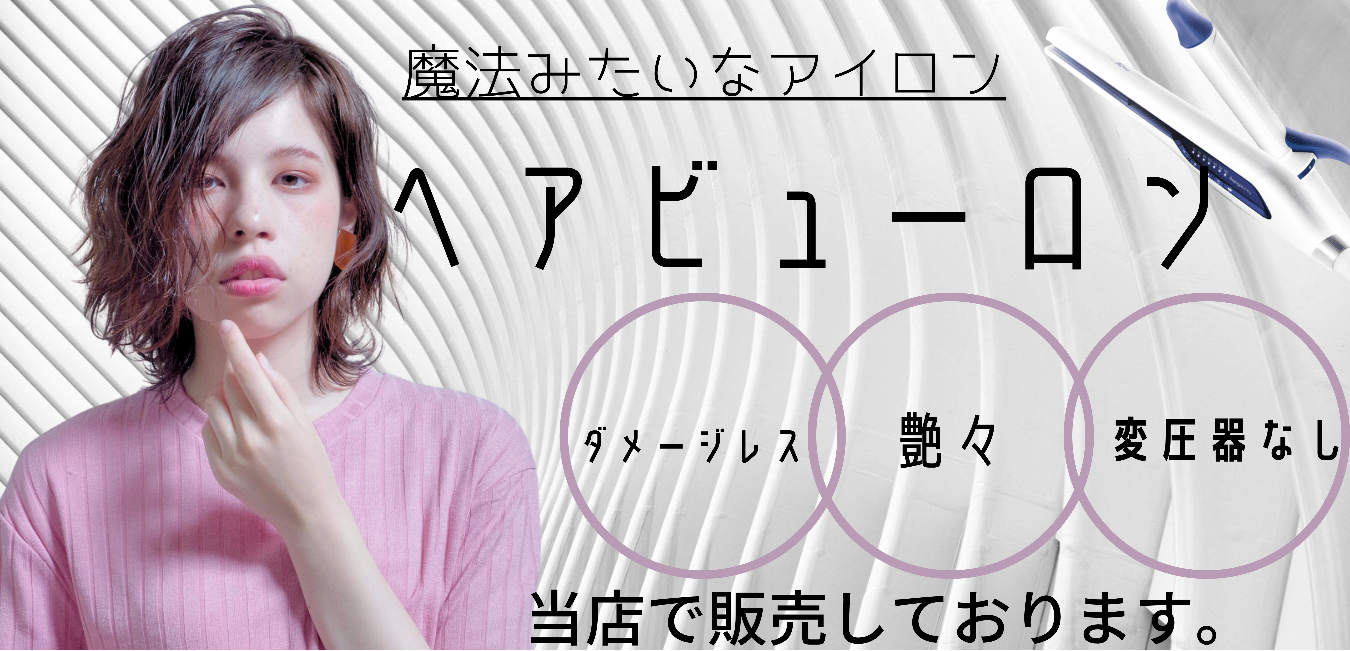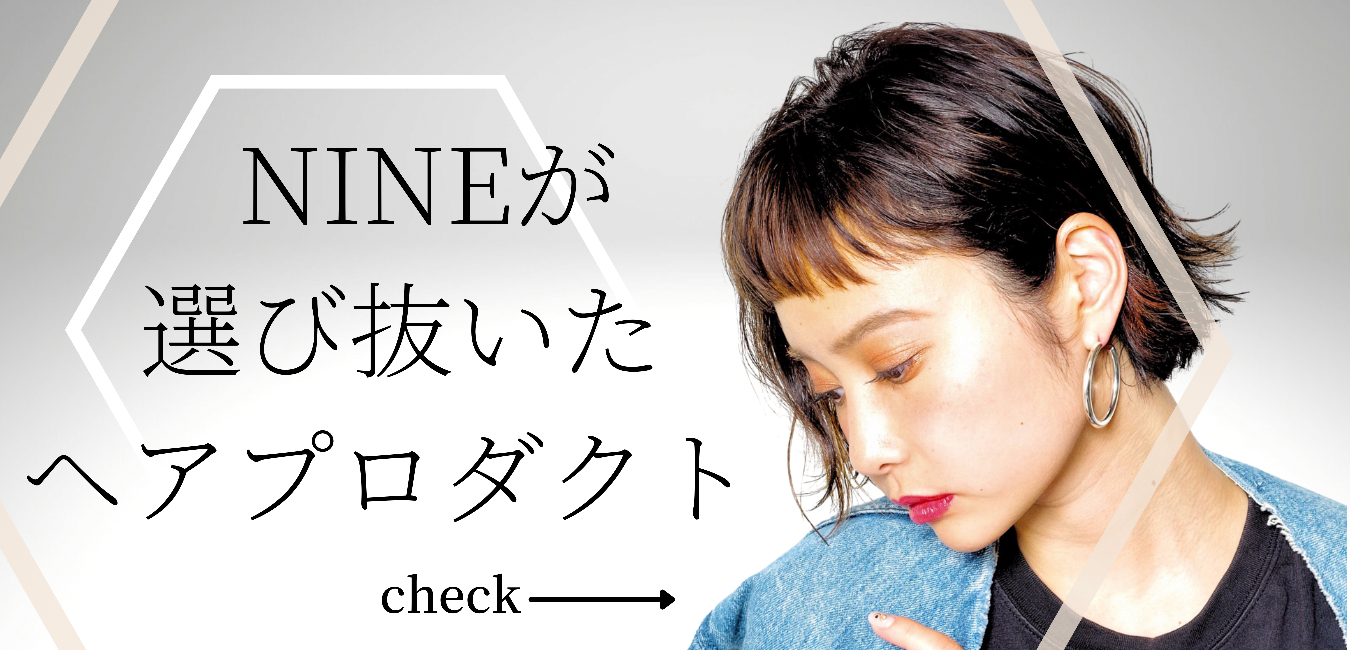
Have you ever been surprised by the amount of hair you lose when you wash your hair or dry your hair with a hair dryer? In this issue, we will discuss in detail the types and causes of alopecia in men and women respectively.
What are the characteristics of male alopecia?
There are three main types of alopecia in men. They are androgenetic alopecia (AGA), seborrheic alopecia, and alopecia areata.
Male pattern alopecia (AGA)
The most common form of alopecia in men is male pattern baldness, known as AGA, which is estimated to affect more than 12 million people nationwide in Japan. Male pattern baldness is a form of androgenetic alopecia, or thinning hair seen in adult men.
It is believed to be caused by DHT (dihydrotestosterone), a male hormone that suppresses the function of hair matrix cells and inhibits hair growth.
In this case, hair gradually thins from the hairline of the forehead or the crown of the head. There are many things that are not yet understood about thinning hair in men, and in addition to DHT, genetics and lifestyle habits (diet, smoking, sleep, etc.) are also said to be involved.
Seborrheic alopecia
Seborrheic alopecia is an alopecia that results from inflammation of the scalp caused by excessive sebum production.
Alopecia areata
Alopecia areata is a type of autoimmune disease in which hair suddenly falls out in circles or bands. It is believed to be caused by lymphocytes attacking the hair follicles, regarding their own follicles as enemies. Stress was thought to be the cause, but so far there is no scientific evidence.
What are the characteristics of female alopecia?
Female alopecia is characterized by thinning of the entire head of hair, including the parting of the hair that becomes transparent. There are six major types of female alopecia.
- Diffuse alopecia
Diffuse alopecia, in which the entire head of hair thins, is the most common type of hair loss among women. There are various causes, such as changes in the function of female hormones due to aging, stress, and dietary disorders caused by dieting. - Seborrheic Alopecia
Similar to seborrheic alopecia in men, seborrheic alopecia is an alopecia caused by inflammation of the scalp due to excessive sebum secretion.
Traction alopecia
When hair is pulled and tied tightly for a long period of time, the area is overstrained and hair loss may increase. This is traction alopecia.
- Postpartum alopecia
After childbirth, due to changes in the balance of female hormones, the hair that has maintained a growth phase during pregnancy enters a resting phase, which is thought to increase hair loss. Since this is a temporary condition, it is said to return to normal in about 18 months after childbirth. - Alopecia Nuchae
Alopecia areata is the result of excessive shampooing or unsuitable shampoo for the scalp, which causes increased dandruff that blocks the pores and inhibits hair growth.
Alopecia areata
Like alopecia areata in men, this is a type of autoimmune disease.
Causes of hair loss vary.
Hair loss is caused by a combination of factors, including heredity, hormones, and lifestyle, but it can also be caused by disease. If you are concerned about increased hair loss, it is a good idea to have your hair checked at a clinic for other hidden diseases, just to be sure.
Make sure you understand the types and causes of alopecia and use this information to help prevent hair loss!






